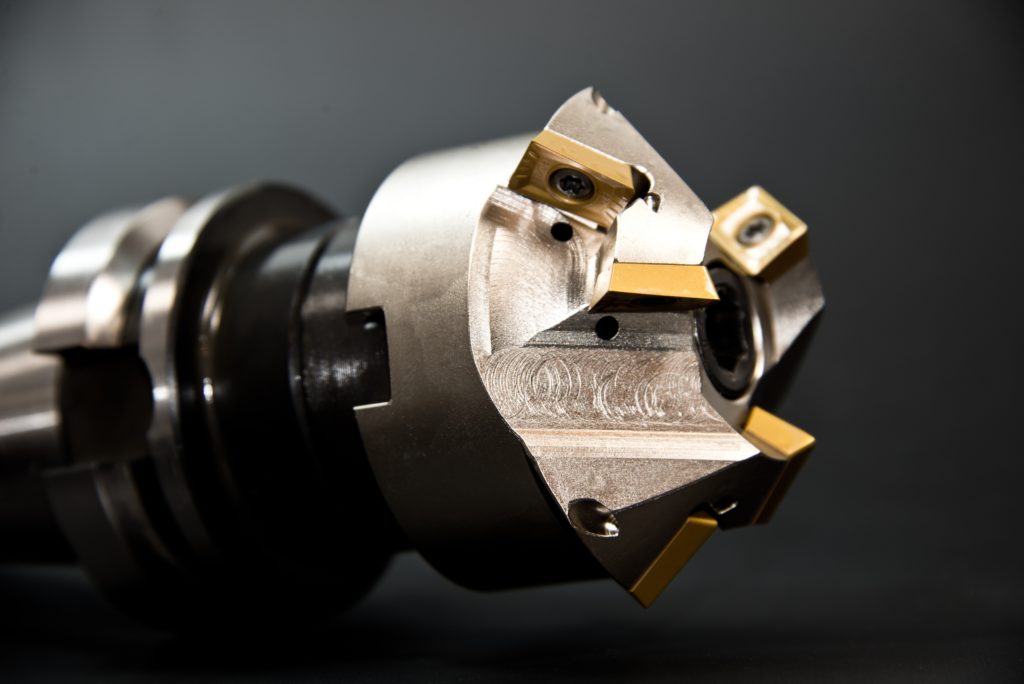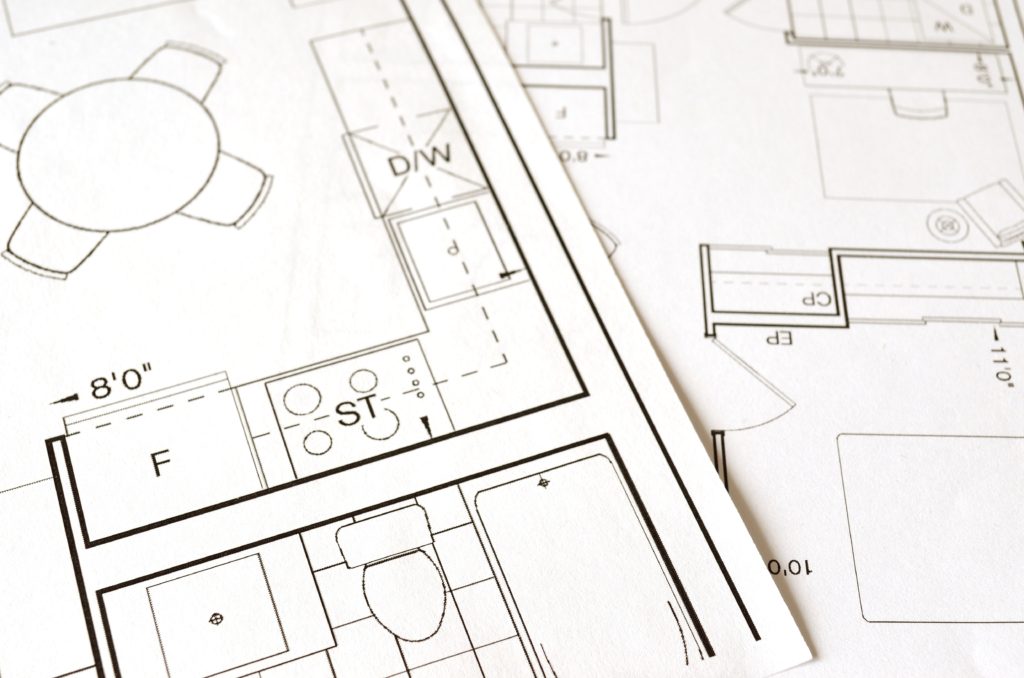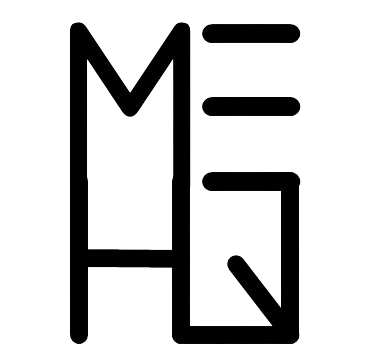Looking to find out about the history of mechanical engineering? Look no further!
First, if you’re looking to launch your own blog and start writing articles yourself, no matter what the subject, you can launch your blog with Bluehost for just $3.95/month.
Start creating content and launch your blog with Bluehost.
Mechanical engineering is definitely a big part of the modern world, allowing us to optimize research and production by developing brilliant mechanical systems. From its inception it has evolved and changed, bringing it to where it is today. 3D printing, casting and CNC machining have modernized this industry, but what has been its journey, what is the history of mechanical engineering?
We are going to explore the evolution of mechanical engineering from the outset to now.

What is mechanical engineering? This topic has been addressed quite thoroughly in this blog post. Essentially, it is a diverse and versatile profession that combines the realms of physics, mathematics, engineering (obviously) and materials science. It is widely known as one of the oldest and broadest engineering disciplines, and touches virtually every aspect of modern life.
The History

Mechanical engineering has always been present in the world, ancient Greece, medieval China and Antiquity showed the first signs of work on mechanics. After this, the Islamic Golden Age (from the 7th to 15th century) included a lot of artifacts that were made regarding mechanical design.
The most iconic example of this is the book of Al-Jazari, that was written in 1206; Book of Knowledge of Ingenious Mechanical Devices. However, this is all knowledge that was acquired a long time ago, what we really know about mechanical engineering really comes from the time of the Industrial Revolution onward. This was due to a growing demand for machinery in the second half of the 18th century, including the creation/development of the great steam engine. The evolving of tools and machinery really drove (pun intended) the advancement of mechanical engineering.
Machines and Tools
The development of machine tools and physics allowed mechanical engineering to separate itself from general engineering. This occurred in the 19th century and led to the creation of machines and engines that were used to power these tools. Manufacturing power-driven systems was one of the first big obstacles that mechanical engineering had to overcome.
The manufacturing industry has also been growing along with the constant evolvement of civilisation. The 19th century saw the first power-driven machines, and as time progressed in the 20th century, these systems became more and more complex. Laser based manufacturing is one example of a technological advancement that has improved the accuracy and efficiency of the manufacturing process. 3D printing technology has also dramatically changed the way in which some industries operate, and has proved somewhat of a game-changer when used in the correct situation.
The Institution of Mechanical Engineers, the first professional society for mechanical engineers, was created in the UK in 1847. From then on, a plethora of societies have been made, including the American Society of Mechanical Engineers or ASME, and these played a major part in the history of mechanical engineering.
In Demand
Mechanical engineering is composed of an abundance of different sectors where advancements can be made. As mentioned previously, the need for machinery and automation of production is huge. Engineers are involved in the designing of tools and their components using specific skills and knowledge. This allows them to develop the best and most efficient mechanical system for a particular use. These skills can be learned and developed with online courses like the ones on LinkedIn Learning.

Power is what the world has come to depend on, but it was mechanical engineers who were turned to in order to improve existing technologies. The need for power has resulted in the creation of solar power, turbines, nuclear energy and so on.
Combining machinery and power resulted in solutions to many complex problems, one of which was transportation. The demand was prevalent to travel large distances quickly, and engineers were able to provide quite a few options that could satisfy this need.
As mechanical engineering progresses it has branched out into many different fields due to new technology and new inventions being created. A few examples of these new and existing fields are; nanotechnology, composites and mechatronics, which is a combination of mechanical, electrical and software engineering. A few disciplines within the scope of mechanical engineering include:
- Design
- Automation
- Biotechnology
- Composites
- Computer Aided Design (CAD)
- Control Systems
- Energy
- Mechanics
- Human health
- Nanotechnology
- Robotics
Modern Day
Evidence from the history of mechanical engineering is present in every aspect of modern life. There has been a lot of progress in the creation of advanced technological tools that enable the process from analysis to design and then manufacturing to be optimized. Many engineers use computer software to aid them, computer aided design (CAD), finite element analysis (FEA), computational fluid dynamics (CFD), and failure modes & effect analysis (FMEA), are just a few. Some of the specific programs mechanical engineers use are AutoCAD, Revit, Fusion360 and Inventor.
Programs like these utilize 3D technology in order to create 3D models of the project at hand. This technology combined with 3D printing gives engineers the opportunity to work on prototypes and designs while creating as many iterations of the project as needed. These 3D models can then be used to generate technical and manufacturing drawings, which can then be used to create the actual final product.

Thank you very much for being here – we appreciate you taking the time to read our content. If you have anything to add, please feel free to leave a comment down below, and sign up to our newsletter for more of the same!
You can also follow us on LinkedIn, Facebook, Twitter, and Instagram so you can stay up to date.



